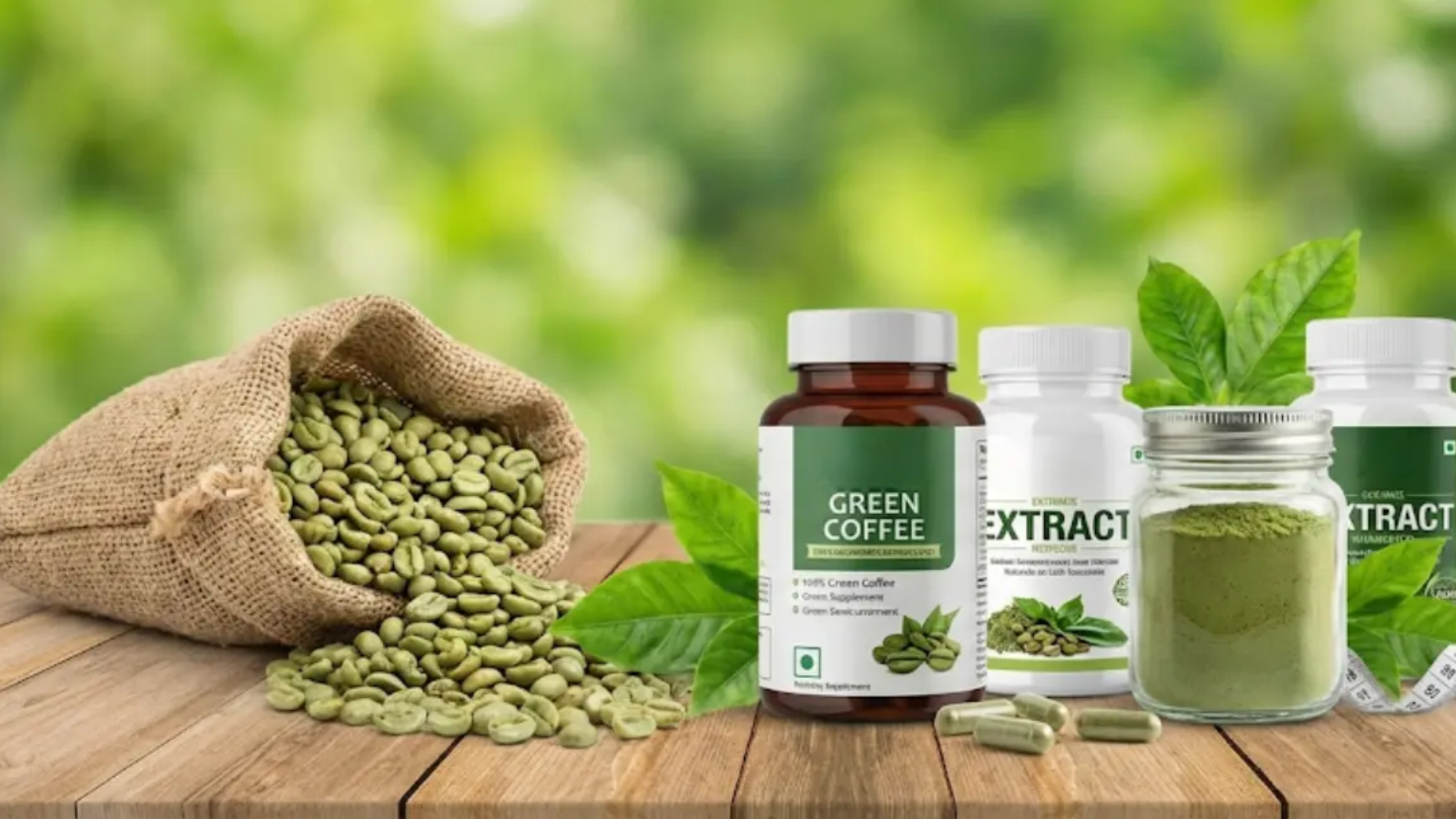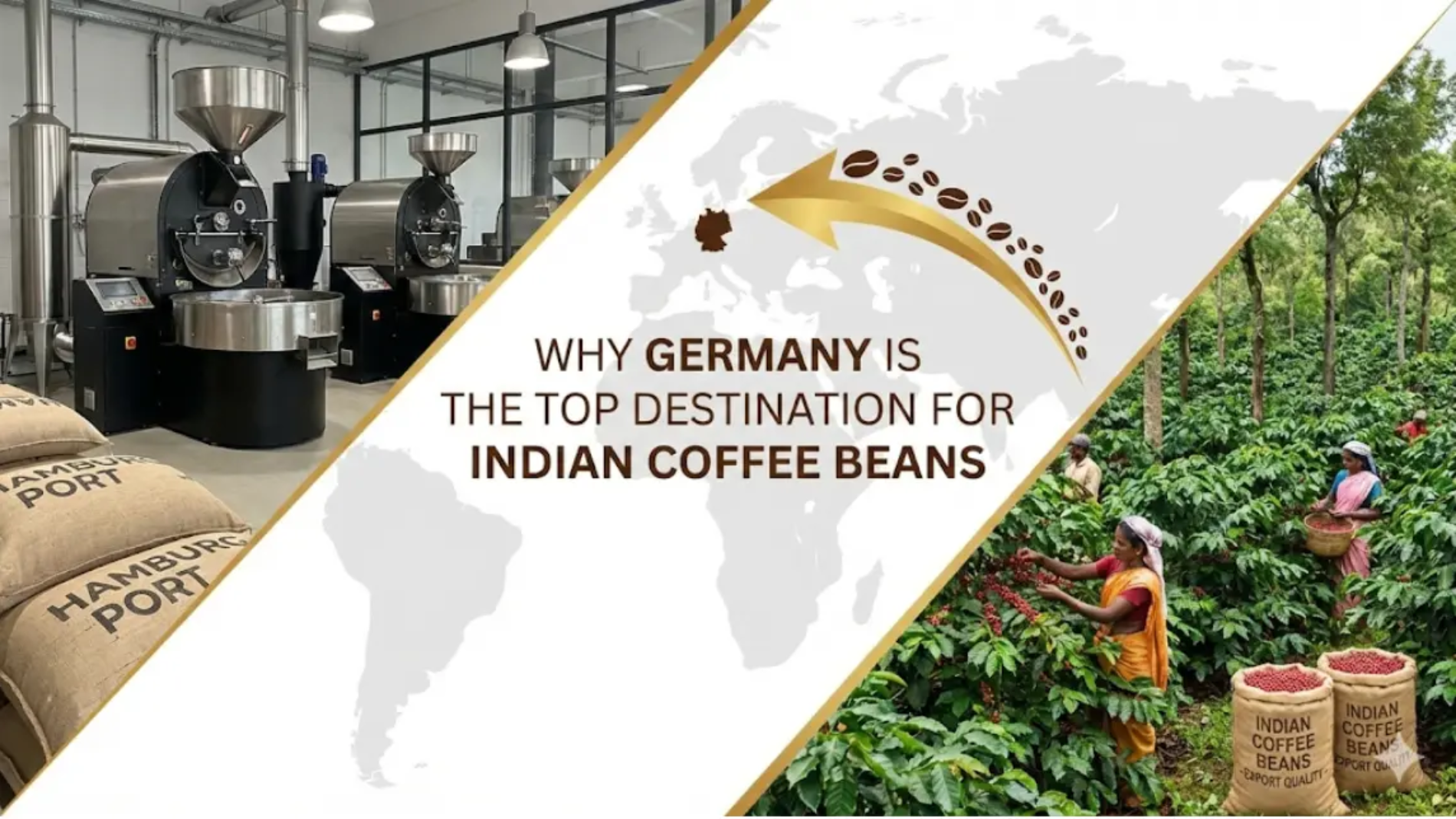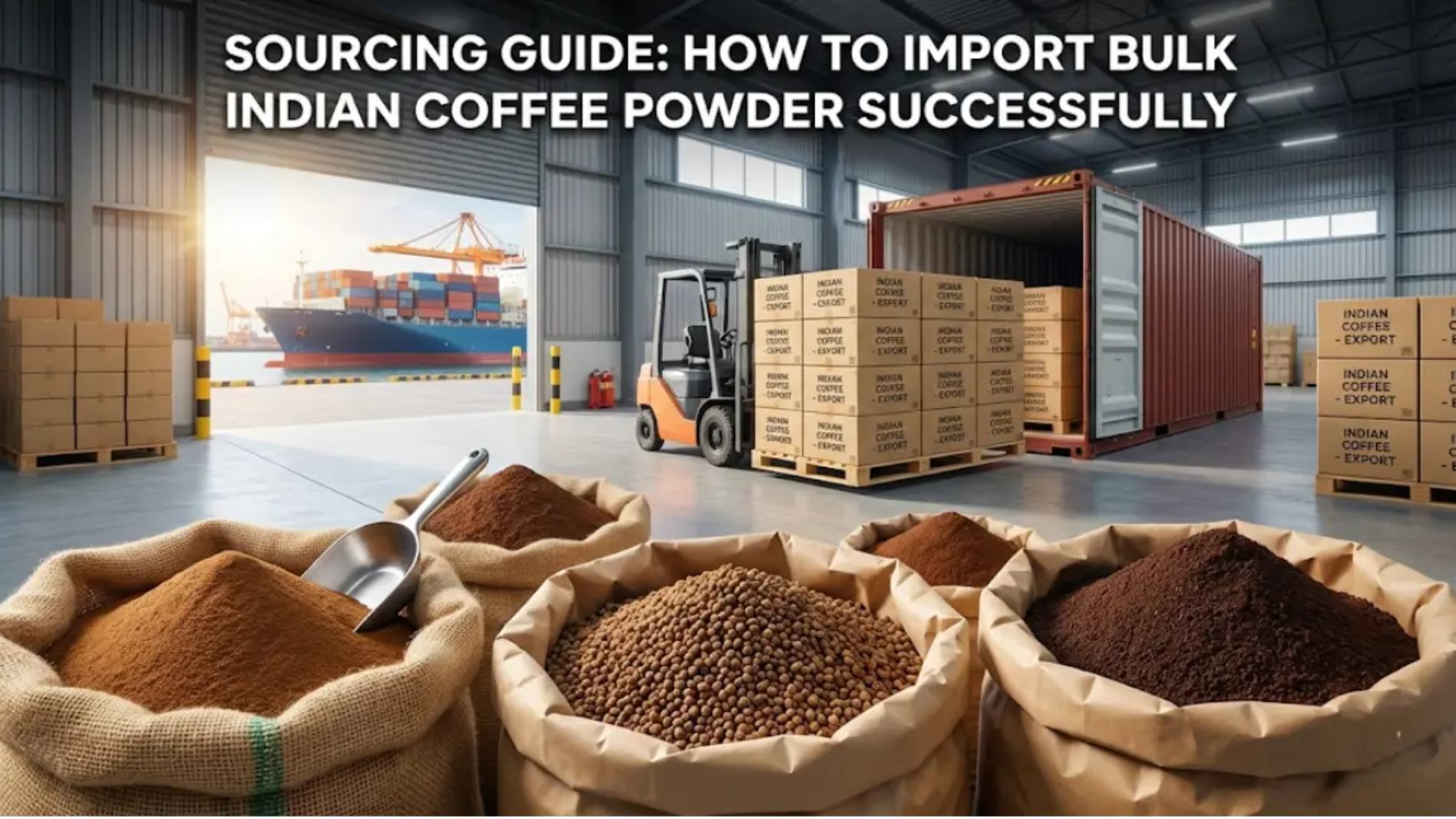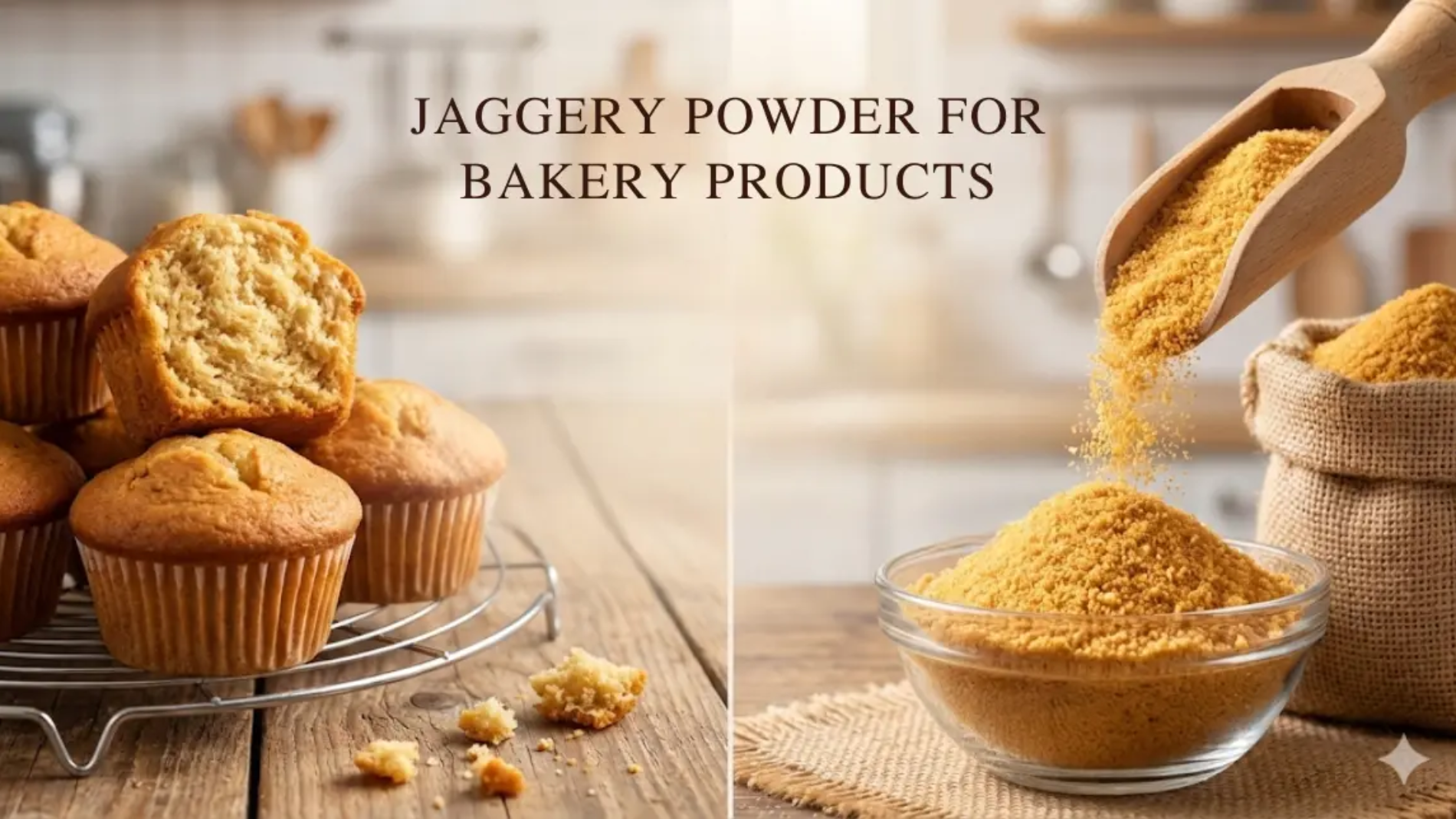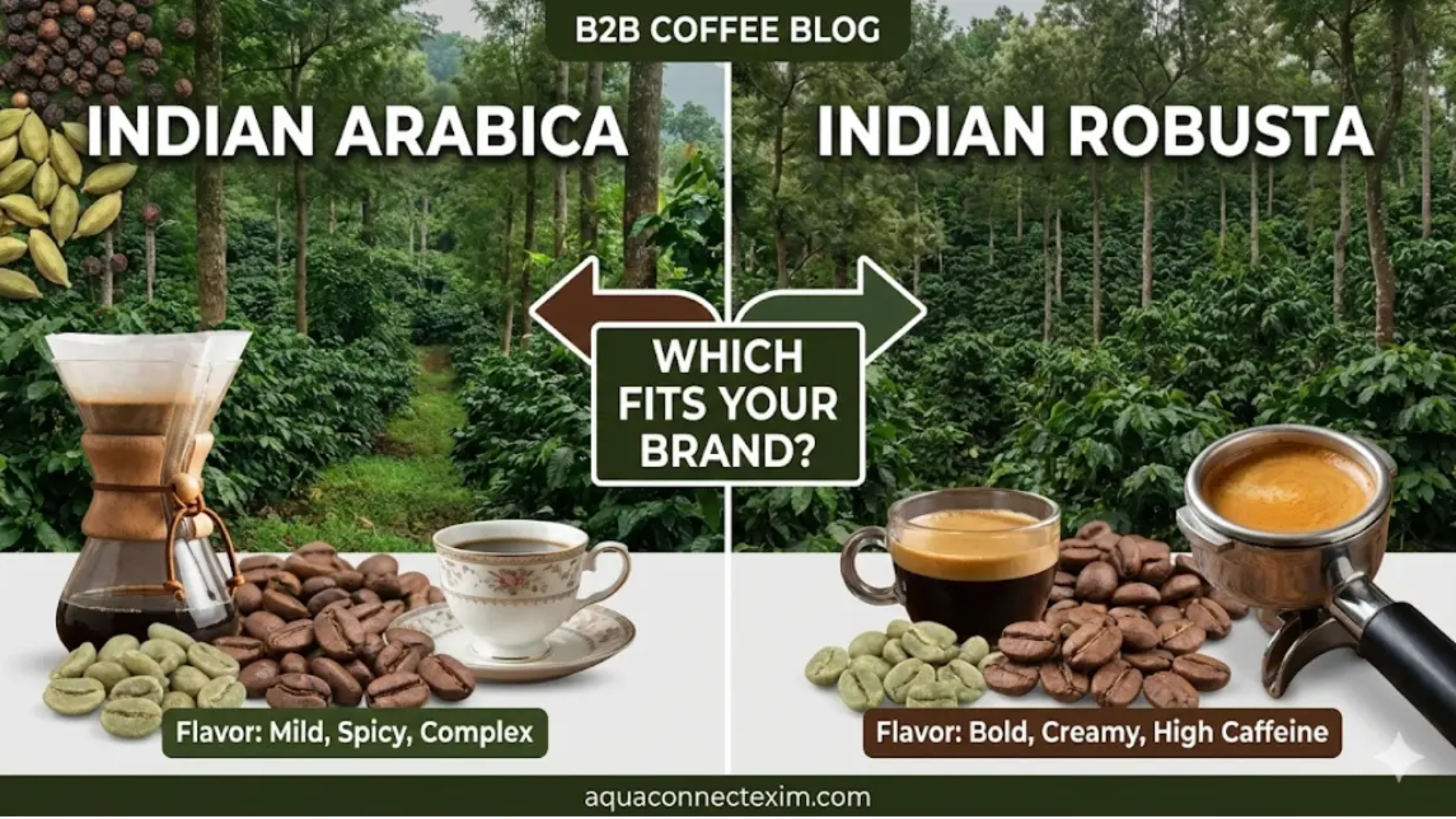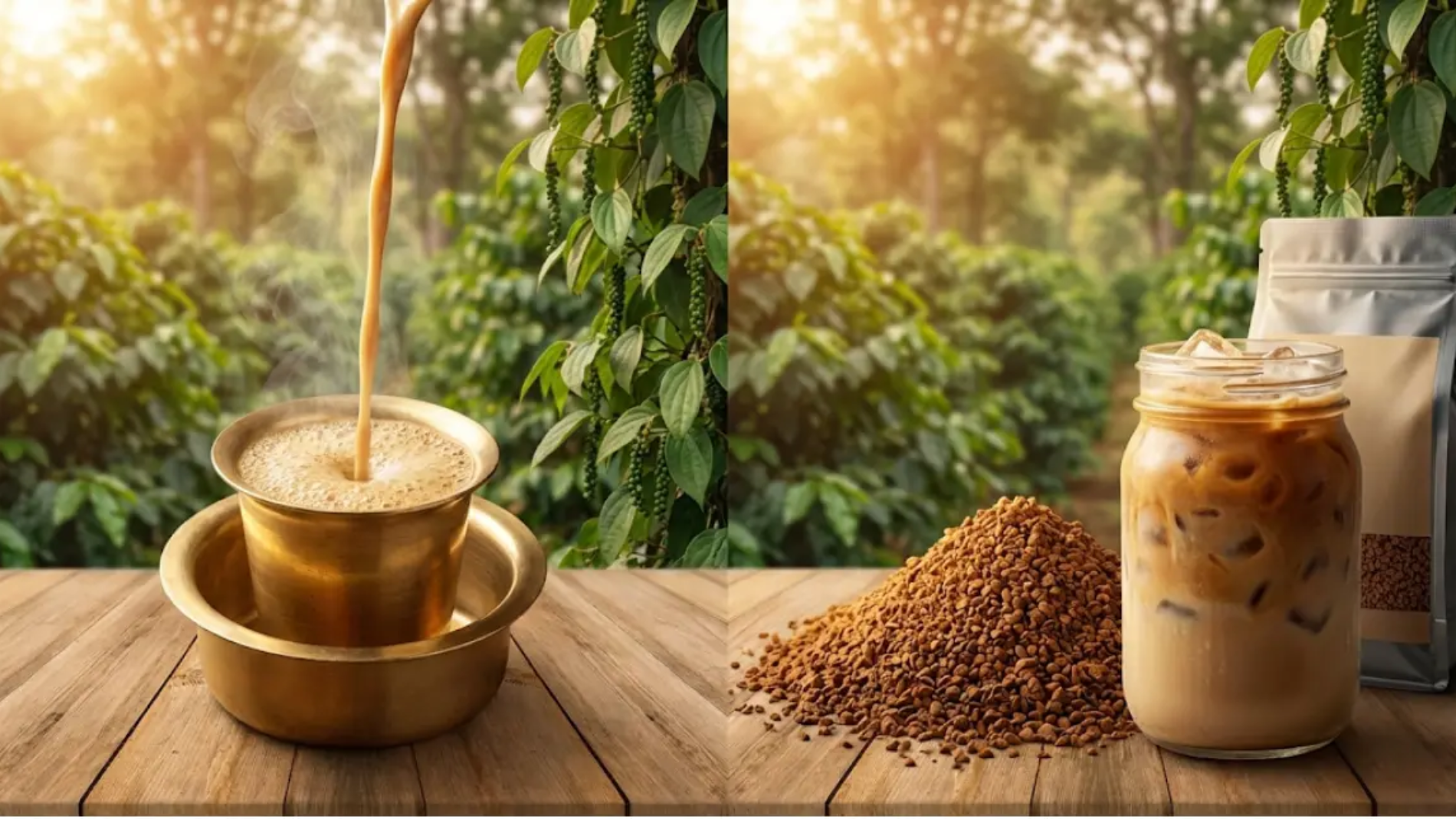The journey to a healthier weight often feels like an uphill battle, but nature has provided powerful allies to help us along the way. Among the most popular natural solutions today are green coffee bean supplements. Unlike their roasted counterparts, these unroasted coffee beans retain a potent compound called chlorogenic acid, which researchers believe is the key to their weight loss benefits.
If you are looking for a natural metabolism booster to support your fitness goals, you have likely encountered dozens of brands claiming to be the best. To help you cut through the noise, we have curated a guide to the top-rated green coffee bean products that act as effective fat burners and appetite suppressants.
Why Choose Green Coffee Bean Extract?
Before diving into the top products, it is essential to understand why this supplement has taken the wellness world by storm. The secret lies in the roasting process—or rather, the lack of it. When coffee beans are roasted, they lose most of their chlorogenic acid. By keeping the beans green and raw, supplements preserve this vital nutrient.
Chlorogenic acid supplements work by:
Reducing Carbohydrate Absorption: This helps lower blood sugar spikes and insulin spikes, which can reduce fat storage.
Boosting Metabolism: A higher metabolic rate means your body burns calories more efficiently throughout the day.
Acting as an Appetite Suppressant: Many users report feeling fuller for longer, reducing the urge to snack between meals.
Spice Up Your Business with Authentic Indian Flavors
Import and Export Excellence from India!

Top-Rated Green Coffee Bean Products
Here are some of the most highly regarded green coffee bean supplements available on the market, known for their purity, potency, and positive customer feedback.
1. Neuherbs Green Coffee Beans
Neuherbs has established itself as a leader in the natural wellness space. Their green coffee beans are premium, unroasted, and decaffeinated, making them a top choice for those sensitive to stimulants.
Key Feature: High concentration of chlorogenic acid (50% CGA).
Why it works: It serves as a potent natural metabolism booster while providing antioxidant support. The raw beans can be ground at home for maximum freshness, ensuring you get the most authentic experience.
2. NutraFirst Green Coffee Bean Extract
For those who prefer convenience over brewing raw beans, NutraFirst offers a high-strength capsule form. These capsules are designed for busy individuals who want the benefits of a fat burner without the hassle of preparation.
Key Feature: 100% natural and vegetarian capsules.
Why it works: It combines convenience with efficacy. Users often praise it for its ability to enhance energy levels without the “jitters” associated with high-caffeine synthetic supplements.
3. HealthKart HK Vitals Green Coffee
HealthKart is a trusted name in fitness supplements. Their green coffee extract is standardized to ensure you get a consistent dose of active ingredients in every serving.
Key Feature: rigorous quality testing and standardized CGA levels.
Why it works: It acts as a dual-action supplement, supporting weight management while functioning as an appetite suppressant. It is ideal for those who need support controlling cravings during a calorie-deficit diet.
4. Greenbrrew Instant Green Coffee
If you miss the ritual of drinking coffee but want the health benefits of green beans, Greenbrrew is an excellent alternative. It is an instant powder that dissolves in hot water, available in various natural flavors like lemon and mint.
Key Feature: Easy-to-mix powder form with added natural flavors.
Why it works: It makes consuming chlorogenic acid supplements enjoyable. It replaces your regular cup of sugary coffee with a healthy, fat-burning alternative that tastes great.
5. Sinew Nutrition Green Coffee Beans
Sinew Nutrition offers raw, organic green coffee beans that are harvested from organic farming. This product is targeted at health purists who want zero additives or processing.
Key Feature: Organic, unrefined, and raw beans.
Why it works: By using completely unroasted coffee beans, this product ensures that the enzyme profile remains intact. It is a fantastic antioxidant source that helps detoxify the body while aiding in weight loss.
How to Choose the Right Supplement
With so many options, selecting the right product can be tricky. Here are a few things to look for:
Chlorogenic Acid Content: Always check the label. The most effective chlorogenic acid supplements should contain at least 45% to 50% chlorogenic acid. Anything less may not yield significant weight loss results.
Purity: Look for products labeled “100% Pure” or “No Fillers.” Avoid supplements with artificial binders, fillers, or synthetic ingredients that could interfere with absorption.
Form Factor: Decide whether you have the time to grind and brew raw beans or if you prefer the quick convenience of capsules or instant powder.
Caffeine Sensitivity: While green coffee has less caffeine than roasted coffee, it still acts as a stimulant. If you are sensitive, look for decaffeinated versions or take the supplement earlier in the day.
Spice Up Your Business with Authentic Indian Flavors
Import and Export Excellence from India!

Integrating Green Coffee into Your Routine
To get the most out of these fat burners, consistency is key. Most experts recommend taking green coffee extract 30 minutes before a meal. This timing allows the chlorogenic acid to optimize your glucose metabolism as you eat.
Remember, no supplement is a magic pill. These products work best when paired with a balanced diet and moderate exercise. Think of green coffee as a tool that amplifies your efforts—helping you burn a few extra calories and resist that mid-afternoon sugar craving.
Switching to green coffee bean supplements is a smart, natural way to support your weight management journey. Whether you choose the raw beans from Neuherbs or the convenient capsules from NutraFirst, the goal remains the same: harnessing the power of nature to build a healthier you. By stabilizing blood sugar and boosting metabolism, these products offer a sustainable path to weight loss without harsh chemicals.
Frequently Asked Questions (FAQs)
1. How much weight can I lose with green coffee bean supplements?
Weight loss results vary by individual. Clinical studies suggest that chlorogenic acid can aid in moderate weight loss when combined with a healthy diet and exercise, typically ranging from 2 to 5 pounds over several weeks.
2. Does green coffee bean extract contain caffeine?
Yes, it does contain caffeine, but in much lower amounts than regular roasted coffee. It provides a mild energy boost without the intense jitteriness often associated with energy drinks or espresso.
3. When is the best time to take green coffee supplements?
The optimal time is usually 30 minutes before a main meal. This allows the supplement to begin working on your metabolism and help manage glucose spikes from the food you are about to eat.
4. Are there any side effects of using unroasted coffee beans?
Green coffee is generally safe for most adults. However, because it contains caffeine, overconsumption can lead to insomnia, nervousness, or an upset stomach. It is best to start with a lower dosage to assess your tolerance.
5. Can I just eat raw green coffee beans?
Technically yes, but they are very hard and have a bitter, grassy taste that is unpleasant to chew. It is much more effective and palatable to consume them as a brewed beverage, powder, or capsule extract.
6. How does chlorogenic acid help with weight loss?
Chlorogenic acid helps slow down the absorption of carbohydrates in the digestive tract. This forces the body to burn fat for energy instead of relying solely on glucose, effectively acting as a natural fat burner.
7. Is green coffee safe for people with diabetes?
Green coffee may help lower blood sugar, so it can be beneficial. However, if you are on medication for diabetes, you should consult your doctor before adding it to your routine to avoid your blood sugar dropping too low.
8. How long does it take to see results?
Most users report noticing increased energy levels within a few days. Visible weight loss results typically require 4 to 8 weeks of consistent use alongside a healthy lifestyle.
About us
We bridge the gap between local producers and global markets, ensuring seamless trade facilitation with exceptional quality and reliability. We provide quick delivery services with customized packaging with all approval of International Certificates (Spices board India, MSME, IEC, fssai, FIEO, APEDA, EU certification, FDA and Many More)
Contact us
Shop No. 3, Ganesh Prestige Sr. No. 2/15, Near Laxmi Jewellers, Dhanakawadi, Pune – 411043, Maharashtra INDIA.
Call On
+91 9545205050
+91 9822422584


